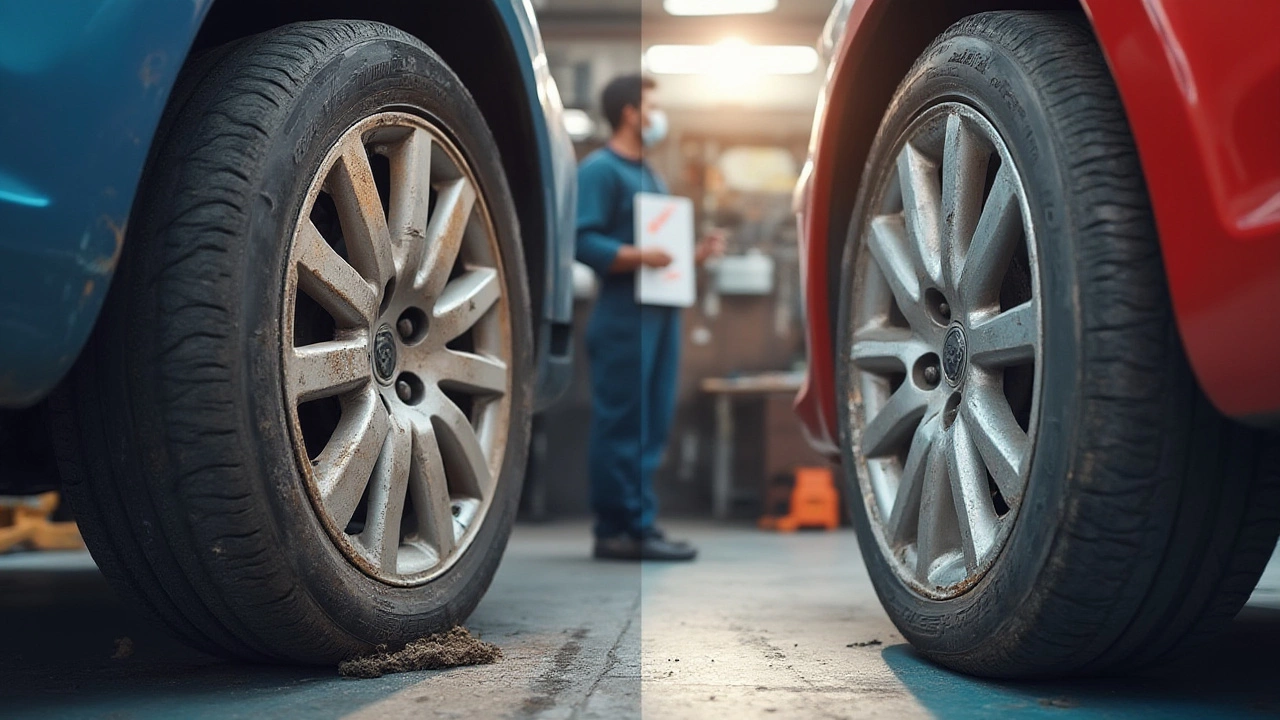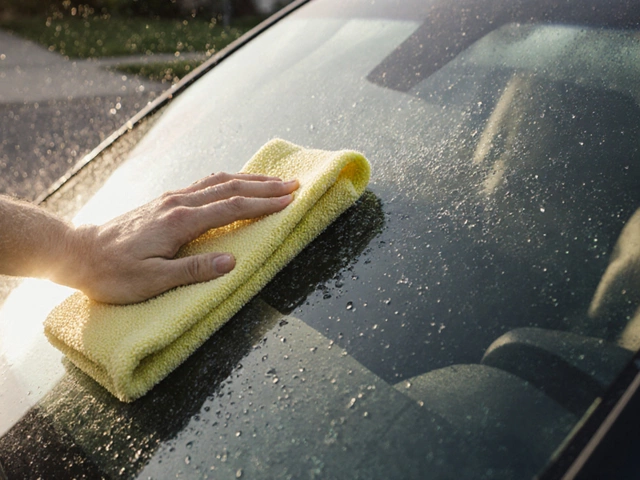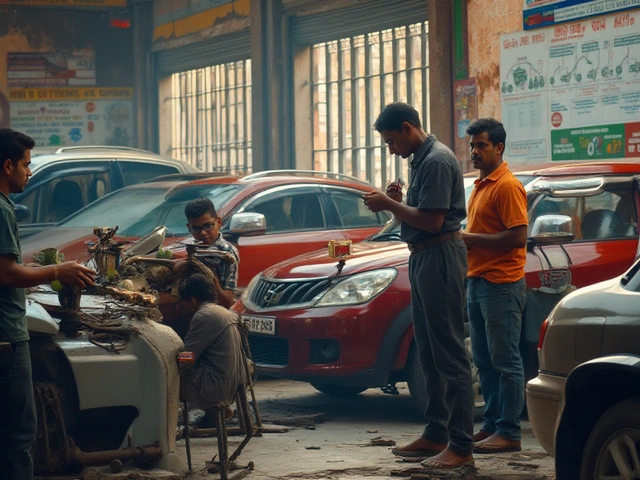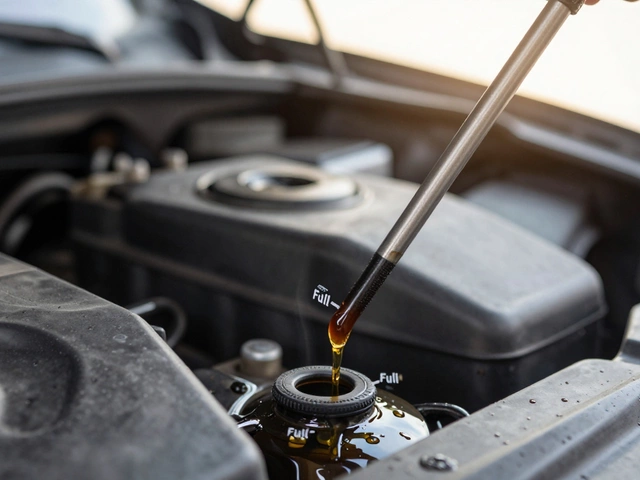
Ever noticed that shiny set of alloys on a neighbour’s car and wondered how long it’ll actually look that good? Surprisingly, the answer isn’t as straightforward as most folks expect. You might be thinking, “Don’t wheels just last forever?” Not really. Alloy wheels live a double life—they’re both fashion statement and hard-working car part. If you’re spending extra cash to upgrade your ride, you’ve probably asked: how many years will these wheels keep rolling smoothly before trouble starts? Let’s dig in.
What Affects the Lifespan of Alloy Wheels?
Most car owners think wheels are just hunks of metal, but alloys are more complex. Alloys are made by mixing metals, usually aluminium with a splash of magnesium. This combo is lighter and more stylish than steel but it’s also less forgiving. On average, alloy wheel lifespan usually lands between 3 to 10 years for daily drivers, but those years aren’t guaranteed. Environment, driving style, and even how you clean your wheels can change the game. Petrol heads in the UK, especially in places like Bristol where salt and rain team up in winter, might find themselves at the shorter end of that lifespan.
Corrosion is a sneaky enemy. While the aluminium blend in alloys is less likely to rust, it’s not invincible. Once the clear protective coating gets scratched—say, by a curb or stone chip—moisture and road salt can worm their way in. This leads to that classic “white worming” or bubbling paint you see on old wheels. According to a study by the AA, wheels exposed regularly to road salt showed visible signs of corrosion within 3 years, compared to 7 years for those mainly driven in dry climates. Pretty wild.
Bumps and potholes are another villain in the story. Aluminium is strong but not bulletproof. Hit a deep pothole at speed, and you can end up with a bent rim before you know it. Data from Kwik Fit’s workshops in the UK points out that over 65% of alloy wheel repairs they performed in 2024 were due to accidental damage—mostly from pothole encounters and scraping curbs. Even if you avoid accidents, just daily driving in urban areas racks up micro-damage, which builds over time.
Then, think about brake dust. Ever spotted a black, gritty layer coating your front wheels? That’s iron and carbon from your brake pads. If left to bake in the sun and rain, this muck weakens the finish and can corrode the wheel underneath, especially on summer alloys. The heat generated during driving acts as a catalyst here—each time you slam the brakes, brake dust gets welded harder onto the wheel, eating into the protective coating.
Another less obvious factor is cleaning technique. Loads of people use harsh detergents or the wrong scrubbers to try for that mirror finish, but some wheel cleaners out there are so acidic they strip away protective layers. Ever heard horror stories of once-shiny alloys turning hazy? Usually, bad chemistry is to blame.
Mileage matters too. If you do north of 20,000 miles a year, don’t be surprised to see cosmetic fading or tiny cracks after just 3-5 years, especially if you spend a lot of time on the motorway. Lower-mileage town cars might squeeze out a decade of good looks if treated right. Storage matters, too—a spare set of alloys kept clean and dry in the garage will age way more slowly.
And just because an alloy looks fine from a distance doesn’t mean it’s healthy. Microfractures develop from repeated stress (hitting speed bumps, sharp turns at high speed, etc.). These hairline cracks often go unnoticed until a tyre fitter spots them, or worse, until the wheel fails on the road.
How to Maximise Alloy Wheel Lifespan
So, can you make your alloys last the full decade, or are you doomed to buy new ones every few years? You’ve got more control than you think—simple habits make a big difference.
- Wash regularly but gently: Forget dish soap or harsh wheel sprays. Use pH-neutral cleaners and soft brushes so you don’t scratch the lacquer. Doing this every couple of weeks keeps corrosive brake dust and salt at bay.
- Avoid the kerb: Easier said than done, but parking a bit further from the edge stops scratches and chips that let water in. Parking sensors or a bit of caution goes a long way.
- Seal and protect: Wax for wheels is real and it works. A good sealant puts a sacrificial layer between your alloys and the elements.
- Keep tyres properly inflated: Under-inflated tyres mean the wheel takes more hits from potholes. Check your pressure every fortnight—your alloys (and wallet) will thank you.
- Inspect for damage: Every time you wash your car, check for chips, curb rash, or bubbles in the finish. Minor scuffs can usually be fixed with touch-up lacquer before they turn into real problems.
For those who get road salt dumped every winter, rinsing your wheels after a gritted journey makes a visible difference. A little effort right after the harshest months—say, in March or April—often erases most corrosion risk before it even gets a start. Plus, if you’re planning to switch between winter and summer wheels, put a proper clean and wax on both sets before they go into storage.
If you’re worried about existing scuffs or want to keep things perfect, professional wheel refurbishment isn’t as expensive as most think. Clinics like The Wheel Specialist in the UK charge around £80-£120 per wheel for a full blast-and-paint, which restores protection and shine. Compare that to the cost of four new alloys and you can see the attraction.
Keeping an eye on wheel balance is more important than most drivers think. Unbalanced wheels can lead to uneven tyre wear, which puts even more stress on certain parts of the rim. Ask your tyre shop to check balance every time you rotate or replace tyres. If you drive a powerful turbo or EV weighing over 2 tons, this is doubly important, since the extra weight shortens both tyre and wheel lifespan if things aren’t perfectly balanced.

When Is It Time to Repair or Replace Your Alloys?
Cosmetic damage—like scratches or stained finish—looks bad but isn’t always a safety risk. Most shops can fix minor dings and scrapes for £30-£60 per wheel, either by sanding and painting or using specialist machines that restore diamond-cut finishes. If you see bubbling lacquer or oxidation, get it sorted before it spreads. The earlier you fix minor damage, the longer the wheel lasts.
Structural damage is where things get dicey. A bent or cracked alloy isn’t just a cosmetic problem; it can lead to wobbly handling, tyre leaks, and in rare cases, catastrophic failure. Here are signs you shouldn’t ignore:
- Uneven tyre wear (inside/outside edges going bald faster than the centre)
- Persistent vibrations above 40 mph, even after wheel balancing
- Visible cracks on the back or edge of the rim
- A wheel that won’t hold air even after changing the tyre
- Corrosion that goes deep, beyond just the surface
A cracked rim almost always calls for replacement. There’s heated debate among wheel specialists about welding cracks—sometimes it works, sometimes it’s just a delay before the wheel fails. If the crack is anywhere near the bead seat (where the tyre seals), that wheel is finished. The same goes for multiple major dings caused by repeated pothole strikes.
Certain styles are more prone to damage; for example, multi-spoke alloys with thin struts, or huge 20-inch wheels on family SUVs. Low-profile tyres offer less cushioning, so the wheel takes more of the impact. Data from RAC’s breakdown service in 2024 showed that nearly half their callouts for damaged alloys involved cars running tyres with aspect ratios below 45.
If you’re shopping used alloys on sites like eBay or Facebook Marketplace, look closely for repaired wheels. Ask for high-res pictures from every angle, and avoid anything that’s been welded or straightened unless you can verify the work was done by a reputable shop. One dodgy wheel can ruin your ride.
If you’re getting your wheels refurbished, always ask the shop if they do a full X-ray crack test. About 7% of alloy wheels over five years old have hairline internal flaws invisible to the naked eye—worth checking if your family’s safety rides on them.
Interesting Facts, Stats, and How Long You Can Really Expect Your Alloys to Last
Here’s where cold hard numbers meet real world experience. Most car manufacturers in the UK offer a three- to five-year cosmetic and structural warranty on factory alloy wheels. That tells you something about what they expect. According to a survey of 2,000 British drivers in 2023 conducted by Autocar, the average set of OE (original equipment) alloys lasted a little over 7 years before needing major refurb or replacement. Enthusiasts pushing their cars on tracks admitted to swapping sets every two to three years due to curb rash and stress cracks.
Check out this quick data table for a breakdown:
| Usage Type | Average Lifespan | Main Failure Cause |
|---|---|---|
| Daily city driving | 7-10 years | Corrosion, curb rash |
| Motorway/high-mileage | 5-7 years | Pothole damage, stone chips |
| Sporadic/summer only | 10+ years | Ageing lacquer, occasional scuffs |
| Track/enthusiast | 2-5 years | Cracks, hard impacts |
Another fact: most mainstream car brands design factory alloys to last the entire expected service life of a vehicle—around 12 years or 150,000 miles—under typical conditions. But aftermarket upgrades, especially oversized alloys, often fall short unless properly chosen and fitted. Bigger isn’t always better: wheels that are too wide or heavy can speed up suspension wear, and the wheel itself can flex under cornering forces, which is bad news for lifespan.
Powder-coating, a common refinish method in the UK, gives renewed life to wheels, with most shops claiming restored wheels will stay corrosion-free for 3-4 years. But DIY home refurbs with rattle cans? Don’t hold your breath—most peel or discolor within a single winter.
Want to see how your daily routine impacts wheel life? Families ferrying kids to school might find their front wheels pick up more battle scars; the endless parking, stop-start traffic, and the occasional hop over a high kerb are classic contributors. Delivery drivers rack up double the damage, which explains why small vans tend to run steel wheels—they just survive longer.
Finally, don’t underestimate insurance: many comprehensive car insurance policies in the UK let you add on alloy wheel protection for an extra £20-£50 a year, covering replacement or repairs for damage from everyday bumps. Not a bad shout if your roads are littered with Camden-style potholes.
To sum it up: if you care for your wheels—clean them right, avoid curbs and potholes, act fast on chips—they’ll last as long as the rest of your car, if not longer. If you’re rough or ignore those first signs of trouble, don’t be shocked when you’re shopping for a new set sooner than you expected.





